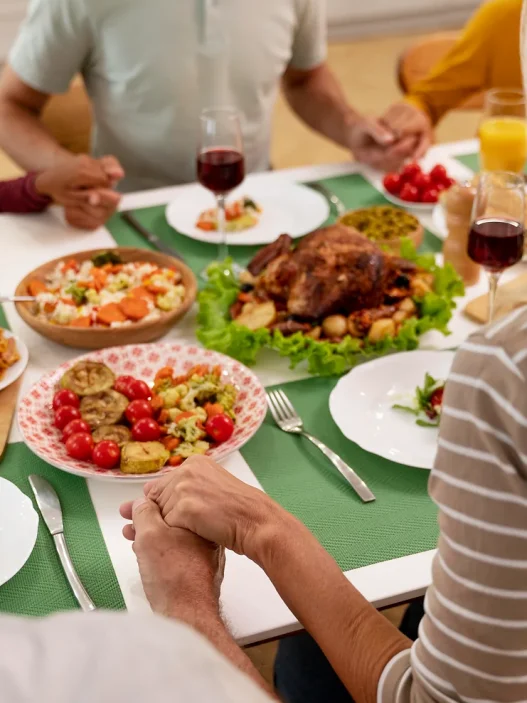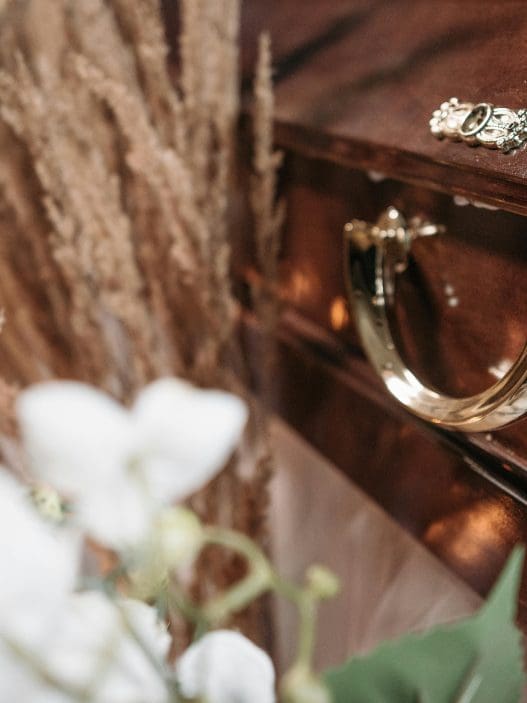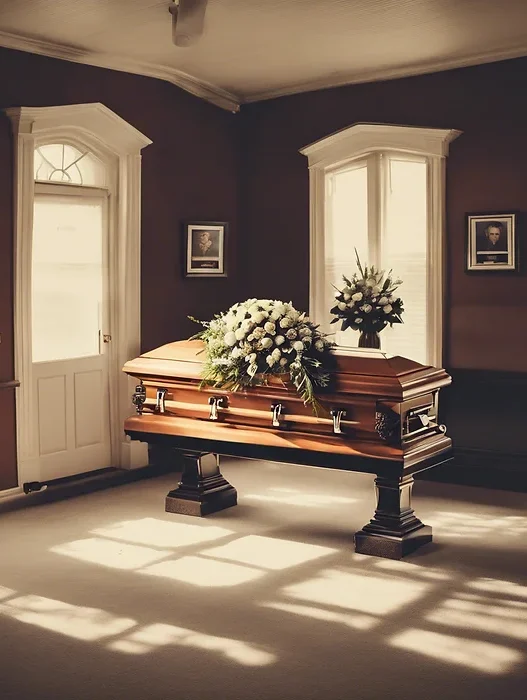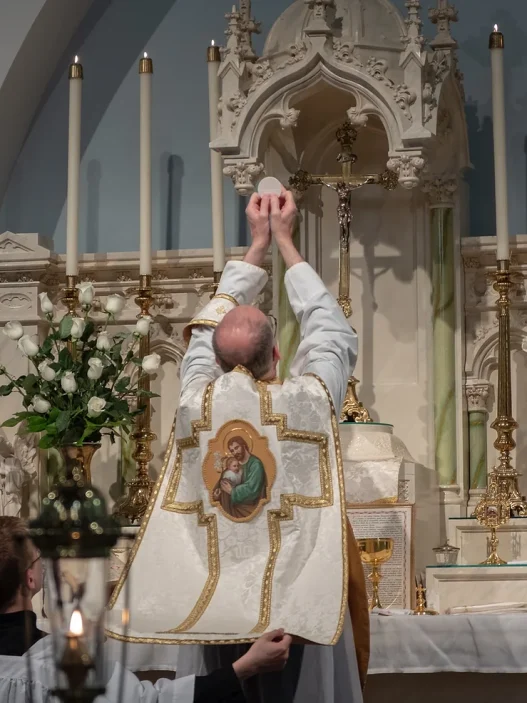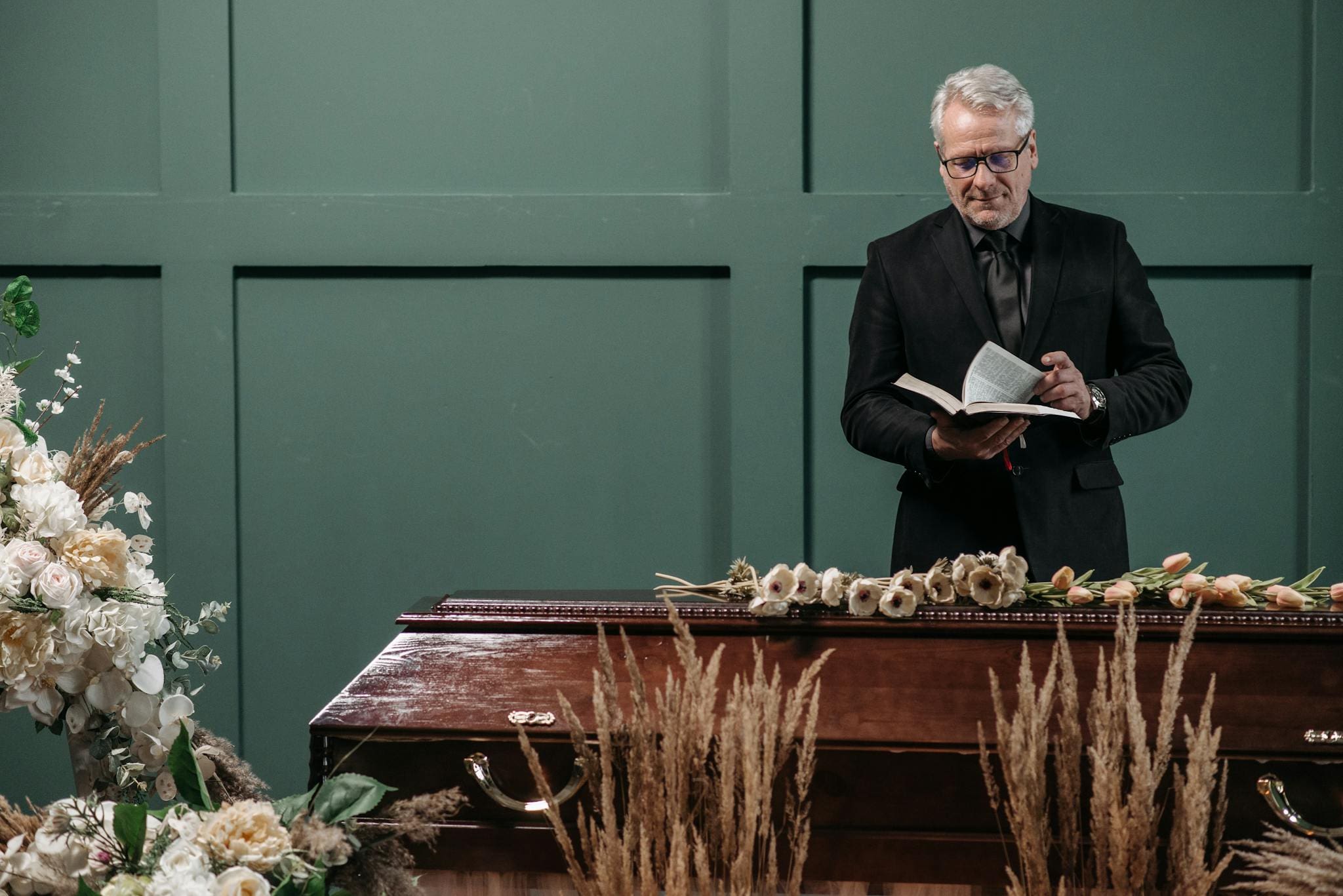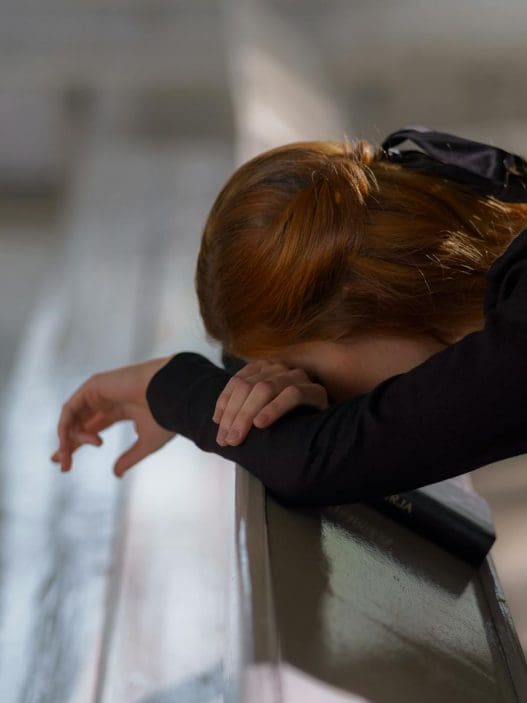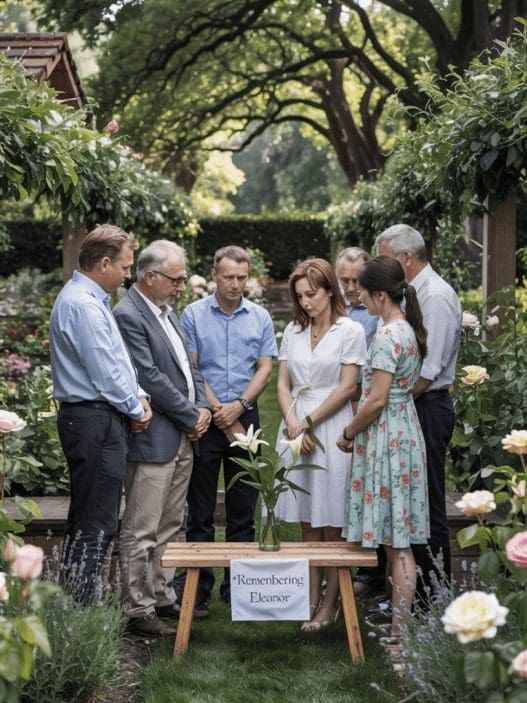Open casket funerals are deeply rooted in tradition, culture, and personal preference. They offer families and friends a final moment to connect with their loved one and process grief. In this article, we delve deeply into every aspect of open casket funerals, history, rituals, national and religious contexts, psychology, etiquette, legalities, costs, alternatives, and more, so you can make informed decisions and plan with confidence.
What Is an Open Casket Funeral?
An open casket funeral, also known as a viewing, wake, or public visitation, is a ceremony in which the deceased is laid in a coffin with the lid open, fully or partly. This allows attendees to visually view the body.
This practice serves several purposes:
- Offers a final moment of face-to-face connection.
- Symbolizes acceptance of death’s reality.
- Allows for rituals like prayers, blessings, and final words.
- Helps families honor cultural or religious traditions.
It often occurs in funeral homes, churches, chapels, or private residences and is an integral step before burial or cremation.
Historical and Cultural Origins
Early Practices and Symbolism
- In medieval Europe, open viewing was common; it reinforced communal mourning.
- Victorian-era aristocrats in England often had elaborate wakes in their homes, with vigil attendants.
- In certain indigenous cultures, open casket ceremonies served spiritual functions, guiding the deceased’s spirit to the afterlife.
- Throughout history, open viewing symbolized respect, closure, and acknowledgment of mortality.
Regional Variations
- North America: Predominant tradition, with most funerals including a viewing.
- Europe: Practices vary – France and parts of Eastern Europe tend to favor closed caskets.
- Latin America & Philippines: Long public viewings, often lasting days, are common.
- Africa (West Africa): Extended open casket ceremonies highlight community solidarity.
- Asia: Practices differ; e.g., Hindu funerals mostly skip viewings, whereas some Buddhist or Shinto rites might include brief viewings.
Reasons Families Choose Open Caskets
Families opt for open casket ceremonies for many reasons:
Emotional Closure
- Visual confirmation helps accept loss.
- Offers a moment to say goodbye.
- Eases feelings of denial and facilitates grief processing.
Honoring the Deceased
- Allows showcasing the person as they wish to be remembered—serene, dignified.
- Honors their life through visual tribute.
Cultural & Religious Imperatives
- Certain faiths integrate viewings as rites.
- Some societies view public farewells as traditional duty.
Family Dynamics & Legacy
- Enables multi-generational farewells – grandparents, children, relatives.
- Often central for photographic and memorial displays.
Trauma & Healing
- Peaceful presentation after a sudden death can mitigate shock.
- Enables families to reconcile memories with the present reality.
Preparing the Body: Embalming & Restoration
Embalming Process
- Arterial Embalming: Replacement of bodily fluids with preservative chemicals.
- Cavity Embalming: Treats internal cavities via aspiration and chemical injection.
- Surface Embalming: Focus on areas exposed to air or visible to attendees.
Cosmetic Restoration
- Facial Reconstruction: Rebuilding structure where damage occurred.
- Skin Tone Correction: Application of makeup to give natural appearance.
- Wig or Hair Styling: Recreating familiar hairstyle.
- Dental Care: Suturing mouth closure, repairing dental work if needed.
Double Dressing & Garments
- Selection of formal or cultural attire.
- Lining or underskirt to preserve modesty and aesthetics.
- Use of special casket padding to keep clothing in place.
Quality Control
Funeral directors inspect final presentation, ensuring:
- Posture and positioning are natural.
- Cosmetic finishing is subtle and respectful.
- Attire and accessories properly arranged.
Timing, Preservation, and Viewing Duration
How Long After Death?
- Typically, viewings are held between 6 hours and 5 days post‑mortem.
- Cold storage may preserve remains longer pending planning.
How Long Can Viewing Last?
- A properly embalmed body can remain presentable up to 7 days.
- Environmental controls (AC, humidity) extend shelf life.
Scheduling Logistics
- Viewing slots are rented in 30–60 minute increments.
- Some families choose multi–day viewings to accommodate distant relatives.
- Extended operations require coordination with staffing and casket rental.
Legal Requirements & Industry Standards
Embalming Laws
- Embalming not universally mandated:
- United States: Optional in many states, except when crossing state lines or after 24–48 hours unburied.
- Canada & UK: Varies by province or region.
- EU: Regulations differ among nations, often with no embalming requirement.
- Funeral homes typically recommend it for public viewings.
Documentation & Permits
- Death certificate must be issued before funeral or burial.
- Transport permits needed when crossing jurisdictions.
- Consent forms obtained for embalming, restorative work, and photo displays.
Ethical Codes & Accreditation
- Bodies such as NFDA (US), CFDA (Canada) regulate ethical standards.
- Professionals trained in deathcare must adhere to confidentiality, hygiene, and dignity protocols.
Religious, Cultural, and Regional Differences
Christianity
- Catholic & Protestant: Commonly include open caskets; often paired with rosary services or prayers.
- Orthodox: May have limited viewing; primary focus on funeral liturgy.
Judaism
- Generally opposes embalming.
- Closed casket; burial often within 24 hours.
- Some communities allow brief viewing before casket closure.
Islam
- Strictly prohibits embalming and open casket display.
- Burial within 24 hours; body washed, wrapped, and placed faceless in the ground.
Hinduism
- Cremation preferred; no open viewing except perhaps within family before cremation.
- Contrast: in some Eastern traditions, viewing permissible pre-cremation.
Buddhism & Shinto
- Practices vary widely:
- Some Buddhist sects allow viewings; others limit public display.
- In Shinto rite, ancestral respect may include showing the body before cremation.
Psychological Effects of Viewing the Deceased
Benefits
- Reduces denial and shock.
- Promotes emotional acceptance.
- Helps structure mourning and support communal grief.
Risks
- Potential trauma to those unprepared.
- May exacerbate grief in individuals with PTSD or anxiety.
- Visual perception may not match memory—can be disturbing to young children.
Guidelines for Preparation
- Families should inform guests of what to expect.
- Offer a private room or seating for those who prefer not to view.
- Provide grief counsellors or chaplains onsite when appropriate.
Funeral Etiquette: What to Expect as a Guest
Before the Viewing
- Dress in conservative, respectful clothing.
- Silence mobile devices.
- Approach quietly—optional words of condolence are welcomed.
During the Viewing
- Line up quietly if seating limited.
- Handshake with family, offer sympathy.
- Brief touch of the casket may be acceptable, but physical boundaries should be respected.
- Avoid photography unless specified.
After the Viewing
- Sign the guest register.
- Take a moment of quiet reflection or prayer.
- Donations, flowers, or memory book entries may be offered.
Open vs. Closed Casket — Pros & Cons
| Open Casket Benefits | Open Casket Drawbacks | Closed Casket Benefits | Closed Casket Drawbacks |
|---|---|---|---|
| Closure & acceptance | Potential emotional distress | More private and simpler | May feel impersonal |
| Visual tribute | Possible discomfort | Lower cost | Lack of final farewell |
| Supports grieving rituals | Requires additional preparation | No embalming needed | No face-to-face goodbye |
| Cultural resonance | Logistical costs | Less logistical burden | May disappoint families wanting viewing |
Handling Traumatic Circumstances
Situations Including:
- Accidents, violence, disease, decomposition.
- Restorative options:
- Full restoration in certified mortuary labs.
- Partial viewing—show only unaffected head or hands.
- Closed casket with photograph display.
- Video tributes to encapsulate life’s moments.
Guidance and Compassion
- Funeral directors should sensitively present options.
- Families should consult with mortuary professionals.
- Mental health support is advised for families and guests.
Children and Open Casket Viewings
Age and Readiness
- School–age children may understand death with careful guidance.
- Teenagers often benefit more from structured closure.
- Pre‑teen or younger children might lack emotional readiness.
Preparing Children
- Use age‑appropriate language.
- Discuss what they will see—calm face, closed mouth, stillness.
- Encourage questions, emotional expression.
Alternatives
- Participate in a child‑appropriate part of the service only (e.g., memorial prayers).
- Sit together for comfort, or leave viewing optional.
Cost of Open Casket Funerals
Typical Cost Breakdown (based on 2024 NFDA averages)
- Casket (metal or hardwood): $2,000–$10,000
- Embalming & restoration: $500–$1,200
- Embalming consent, body prep: $300–$600
- Viewing or visitation fee: $200–$800 per day
- Funeral service: $700–$2,000
- Transportation/limousine: $500–$1,000
- Facility, staff, administration: $700–$2,500
Total estimated cost: $5,000 to $15,000 for open casket funeral
Closed casket services typically cost 20–30 percent less due to omitted embalming and viewing preparation.
Cost Reduction Strategies
- Choose an ‘alternative casket’ – more affordable wood veneer.
- Limit viewing time to one day.
- Opt for local services rather than premium packages.
- Host memorial at home or community center.
Ethical Considerations & Social Sensitivities
- Cultural equity: recognize that some traditions view open viewing as taboo.
- Consent and autonomy: prior wishes of the deceased should guide decisions.
- Environmental impact: embalming chemicals raise ecological concerns; green burials avoid them.
- Visual sensitivity: photographs from viewing sometimes shared—discretion is essential.
Alternatives to Open Casket Services
Closed Casket Funeral
- Family still holds service and burial.
- No viewings, minimized body preparation.
Photo & Video Tributes
- Memorial slideshows and memory boards.
- Enables visual remembrance without needing open casket.
Virtual Services
- Live‑streaming for distant relatives.
- Online memorial pages for condolence and memories.
Green & Natural Burials
- No embalming or viewing.
- Typically private service in natural area.
Frequently Asked Questions (FAQ)
1. Is embalming necessary for open viewings?
Not legally required in all jurisdictions—strongly recommended for presentations, especially if held days after death.
2. How long can we keep the casket open?
With embalming and temperature control, up to a week is possible, though 3 to 5 days is most common.
3. What if the death was traumatic?
Mortuary professionals may suggest restorative work, partial viewing, or closed casket with photo display.
4. How to prepare children for viewing?
Explain simply, encourage questions, allow opting out.
5. Can I change an open casket decision?
Yes—decisions can be altered before the service; funeral directors will accommodate timing changes.
6. Are open casket funerals still popular?
In North America and parts of Latin America and Africa, yes. In other regions, closed caskets are often more common.
Open casket funerals offer a compassionate way to confront loss, to say farewell, and to honor the memory of a loved one. They integrate history, tradition, psychology, and ceremony into a single final farewell that can help families and communities heal. However, they may not be suitable for every situation. By fully understanding the options and planning carefully, families can craft a dignified, emotionally supportive service, honoring the deceased and comforting the living.











